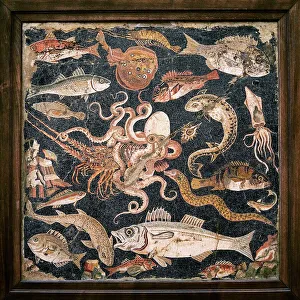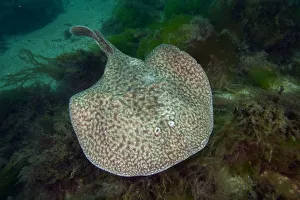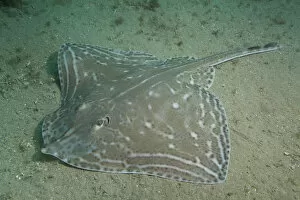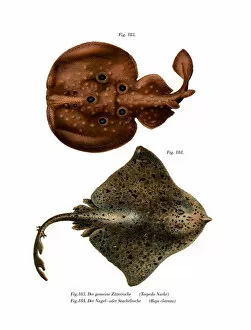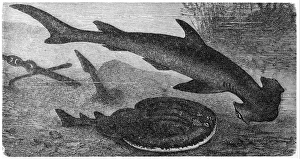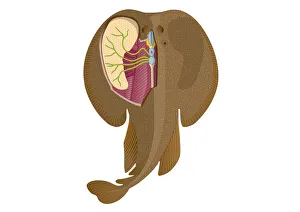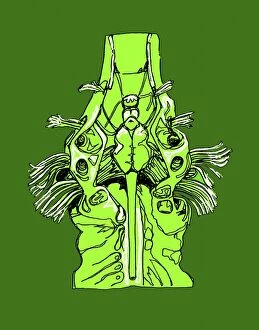Electric Ray Collection
The electric ray, also known as the torpedo fish, is a fascinating creature that has captivated humans for centuries
All Professionally Made to Order for Quick Shipping
The electric ray, also known as the torpedo fish, is a fascinating creature that has captivated humans for centuries. From ancient Roman seafood mosaics to modern digital illustrations showcasing its unique abilities, this species has left an indelible mark on our history and imagination. One can imagine the awe-inspiring sight of a Marbled Electric Ray gliding through the pristine waters of Bouley Bay in Jersey, British Channel Islands. Its striking patterns and graceful movements make it a true marvel of nature. Similarly, the Small-eyed Ray resting on the sea floor adds to the enchanting underwater landscape of this picturesque location. In historical depictions such as colour lithographs and engravings, artists have tried to capture both the beauty and power of these creatures. Physicists experimenting on torpedoes in the 19th century further highlight their intriguing ability to generate electricity. These black-and-white photographs give us a glimpse into scientific exploration during that era. Beyond Jersey's shores lies another captivating species - the Pacific starry skate. This majestic creature gracefully glides across the ocean floor, reminding us of how diverse marine life truly is. The Wonderful Fish engraving showcases yet another stunning representation of aquatic biodiversity from times gone by. Amphibians and fishes depicted in a mid-19th-century lithograph remind us that they are just one part of Earth's rich tapestry of life forms. They coexist with other remarkable creatures like smooth hammerheads, creating an ecosystem filled with wonder and mystery. Modern science has allowed us to delve deeper into understanding electric rays' unique characteristics. A digital illustration reveals intricate details about their cerebellum's role in generating electricity and magnetism—an extraordinary adaptation exclusive to these mesmerizing beings. Finally, we cannot forget Edward Donovan's iconic depiction from his book "British Fishes" published in 1804—a testament to how long humans have been fascinated by these incredible creatures.

